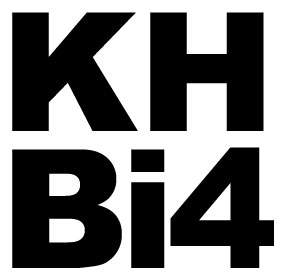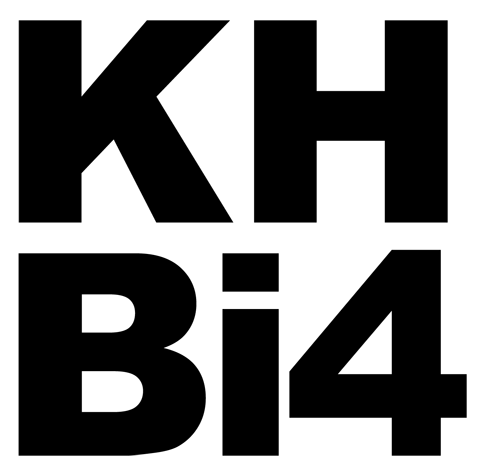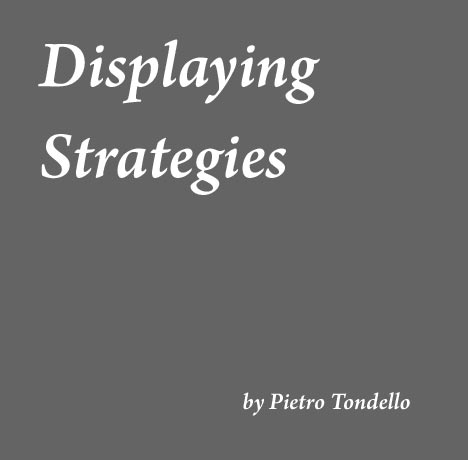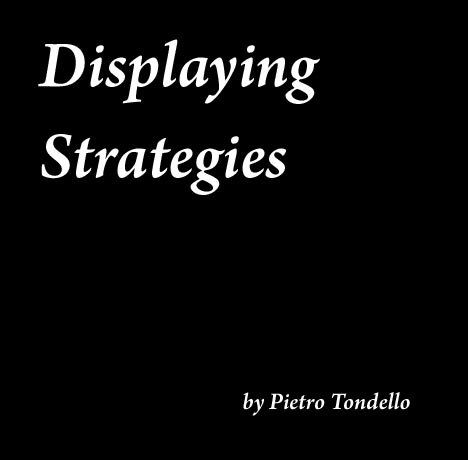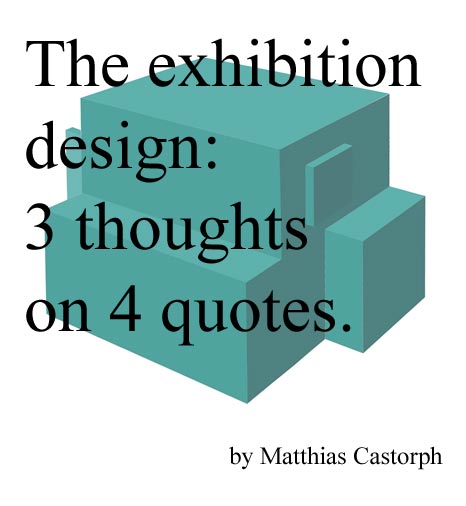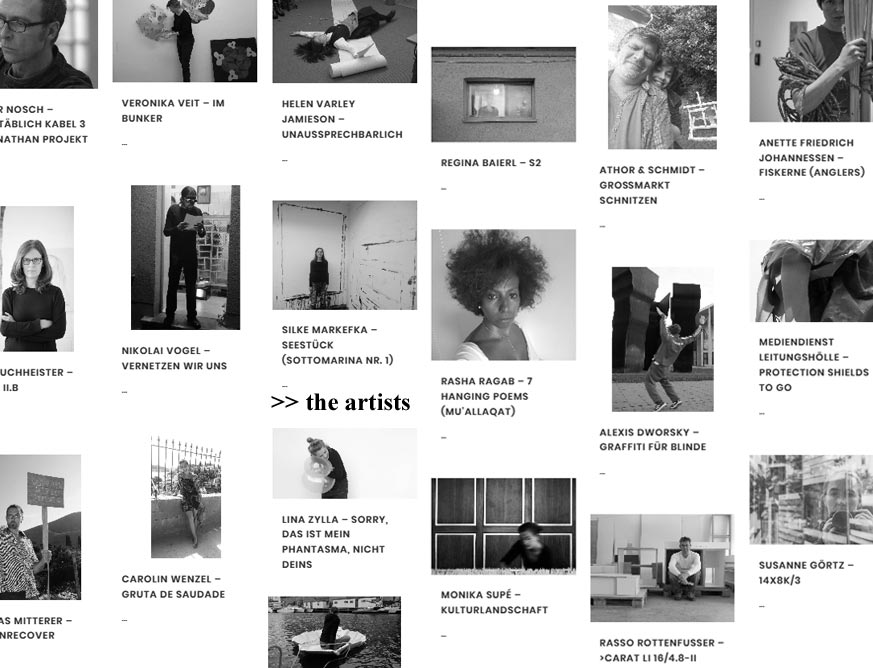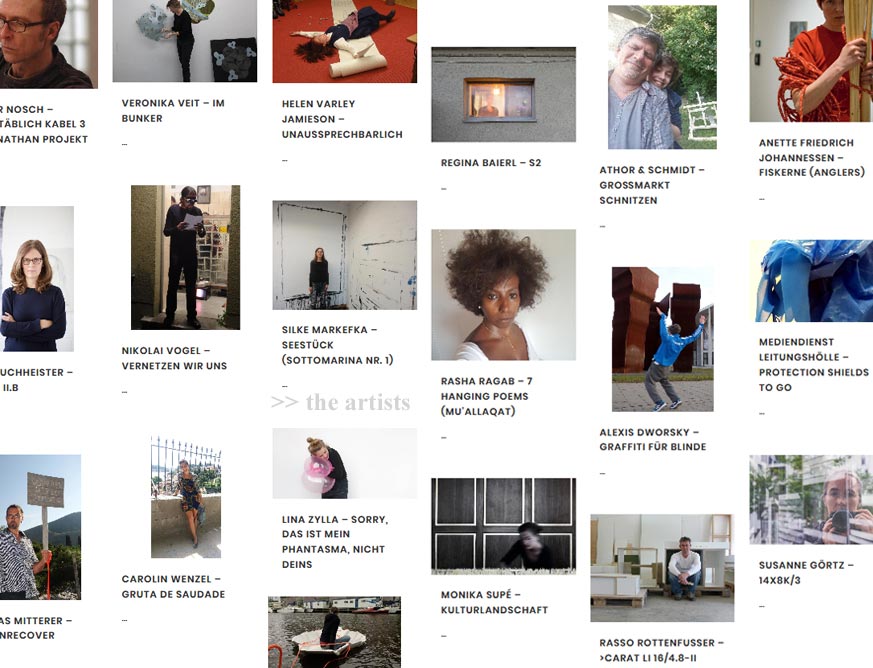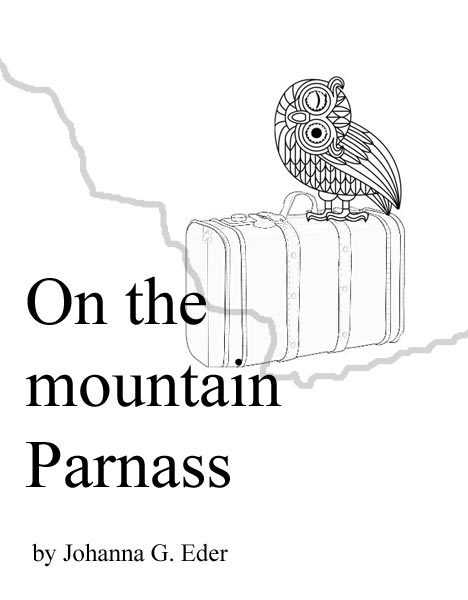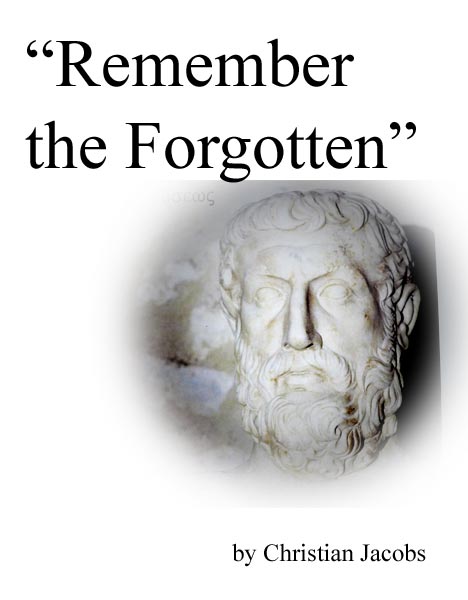about the KHBi4
For its 4th Biennial – this year under the patronage of Hagen Kling – the KloHäuschen took a generous look around last year. It wanted to figure out how a project like that- a world-renowned exhibition –could work: This time around, it picks up from documenta 14 that a world-renowned exhibition is supposed to be an opportunity to “learn from Athens”. To learn from a different place. That sounds like networking, connecting places, going out into the vast, wide world… how sweet is that!
And just like that, it hit the road to Athens…. and because it is a bit elderly, and not terribly fast, it took a break in Ottobrunn. That is where it met the “Gartenlaube der Kunst” (The bower of Art).
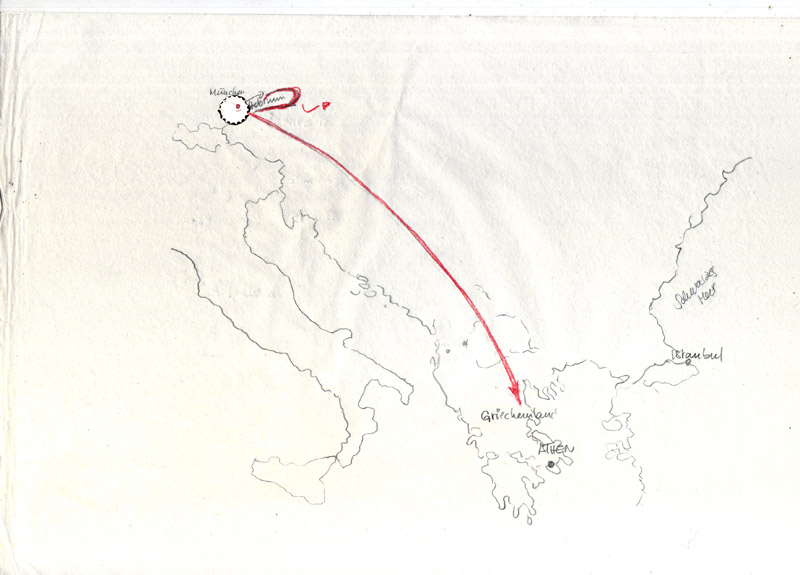
The “Gartenlaube” is a glasshouse that is almost as big as the KloHäuschen itself. And actually it’s situated at the public place at the back of Ottobrunn’s citty hall, close to the “Kunstverein”. The “Gartenlaube” has been initited by the artist Kerol Montagna as both a studio and exhibition space and is curated by her and the art historian Pietro Tondello. Yes – “curated”. So it creates exhibitions a lot: an exhibition making professional, so to say.
And because the KloHäuschen Biennial is a little smaller than documenta (and because the KloHäuschen is smaller than Kassel), KloHäuschen is very much at peace with the idea to learn “from Ottobrunn” and “with the Gartenlaube” for now.
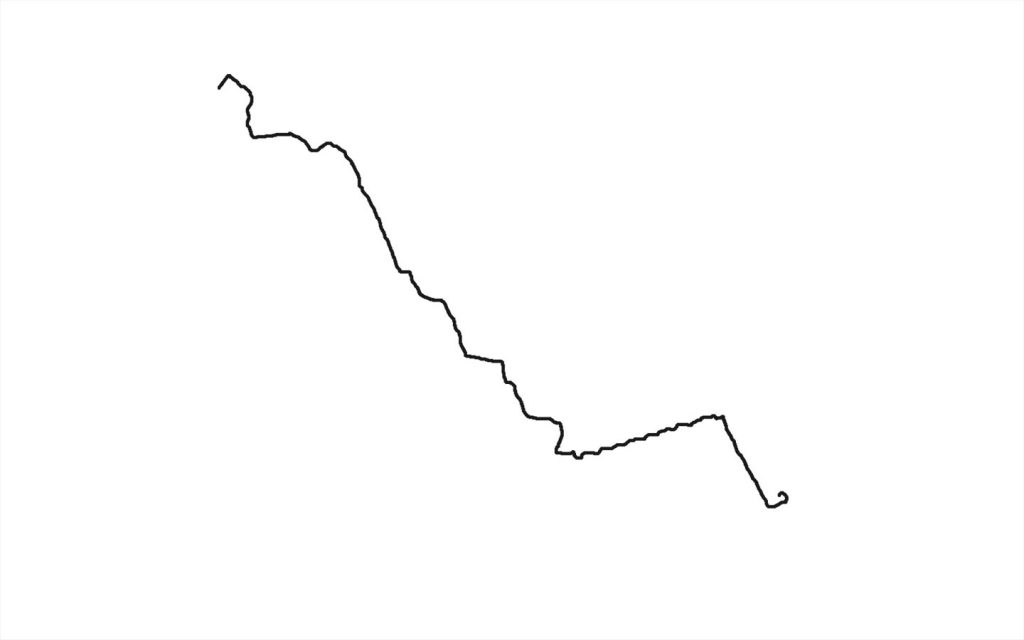
So now there is two of them, two KloHäuschen Biennial exhibition spaces, and of course they want to show the best artworks and artists that they can get a hold of. But how should they be presented? The Gartenlaube is transparent – its interior is see-through from almost
all sides. A new aspect for the KloHäuschen, who shows off just a little of its interior and covers up the rest with a tiled wall. Developing a conceptual and spatial structure for an undertaking like that is not entirely trivial.
But help is close:
Pietro Tondello becomes the 4th KloHäuschen Biennial’s curator and he is tremendously interested in the display strategies of art works, which depend on what they are supposed to convey, and what for.
And Matthias Castorph, who owns an architecture office in Munich, agrees to contrive an exhibition design for the Biennial. He challenges the KloHäuschen to wholeheartedly learn from and with the Gartenlaube and “to take itself seriously as an exhibition space”.
And thus, step for step, a spatial and curatorial exhibition concept emerges.
So the PUBLIC EXHIBITION will show contributions by Alexis Dworsky, Andreas Mitterer, Anett Frontzek, Anette Friedrich Johanessen, Anja Buchheister, ATHOR & Schmidt, Carolin Wenzel, Fabian Feichter, Fridolin Kleie, Gemma Meulendijks & Justina Seiler, Günter Nosch, Helen Varley Jamieson & Annie Abrahams, Johannes Evers, Judith Egger, Lena Hendlmeier, Lina Zylla, Lutz Weinmann, Manuel Eitner, Maria Berauer, MarinA, Mediendienst Leistungshölle, Monika Kapfer, Monika Supé, Nikolai Vogel, Patricia Wich, Rasha Ragab, Rasso Rottenfusser, Regina Baierl, Silke Markefka, Simona Andrioletti, Sophie Lindner, Stephanie Felber mit Luise Lochmann, Susanne Görtz, Veronika Veit – 34 arttist and artists groups coming from 8 different countries at least.
And thank to Kina Deimel, who helps the KloHäuschen to do a really professional PR job for its Biennial (and not only), some of them also give us very valuable special insights into their works in interviews.
You need a PUBLIC PROGRAM. The KloHäuschen could see also this at the documenta. As well as the fact that for the occasion of a world-class art event that takes place at two places, you have to ride home from the partner spot:
Johanna G. Eder designs an art education program for both places. It is close to the curatorial exhibition concept and at the same time explores Ottobrunn in a completely new way – so far new ground for the KloHäuschen – and thus brings us a huge step closer to Athens..
And Christian Jacobs, being experienced in walking far distances through deserts and other places, designs a route that brings us from Ottobrunn very close to Athens and at the same time safely to the KloHäuschen – even without horses.
And as the KloHäuschen passes by the Gartenlaube it suddenly stands in front of a display window. Inside there is a big picture of a city – nothing else. And at the glass there is a piece of paper in DinA4 which says: „VIEW OF ATHENS“.
And the KloHäuschen knows: it has found Athens: Athens is here, in Ottobrunn, right around the corner of the Gartenlaube der Kunst. How nice is that!

